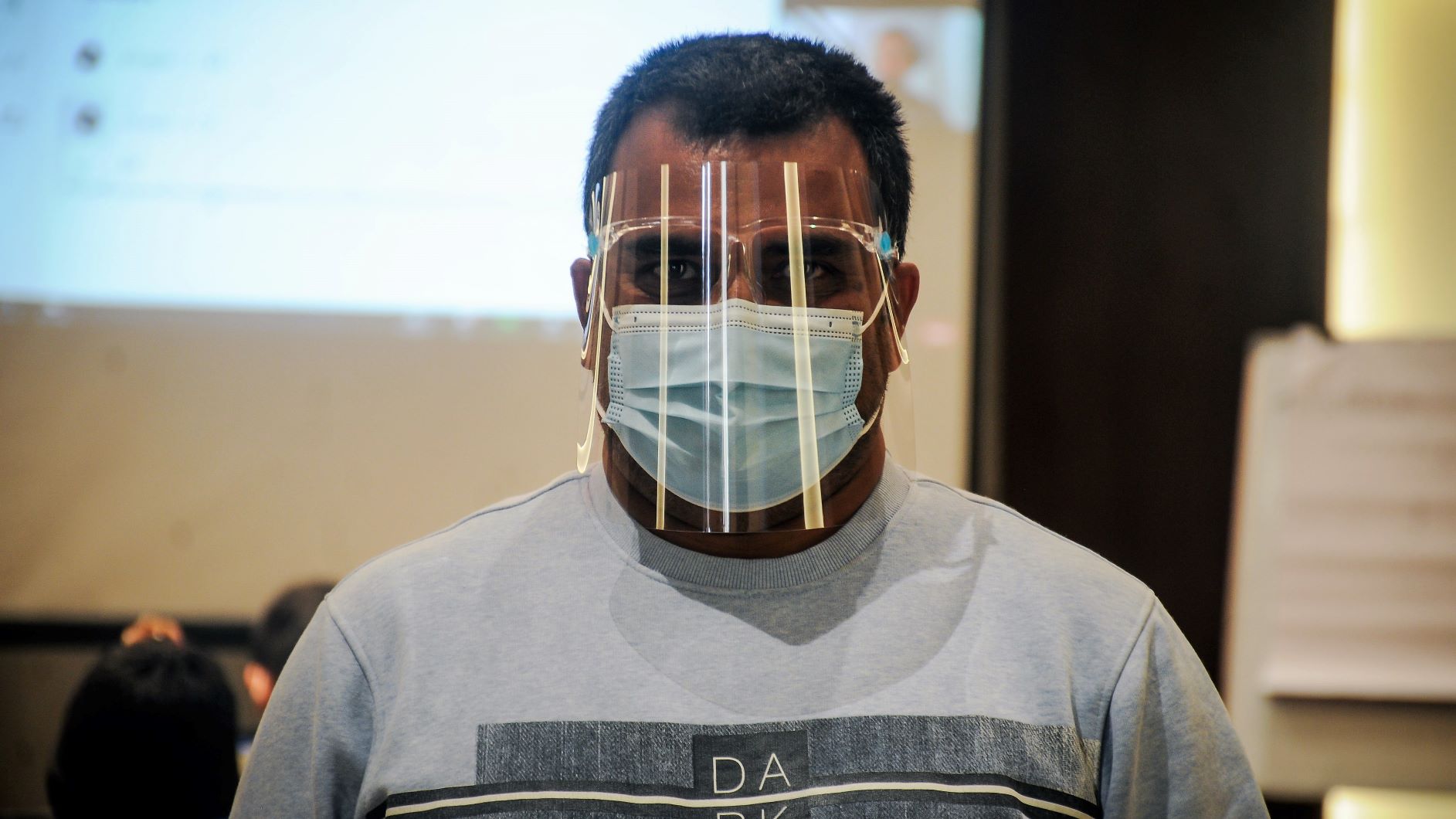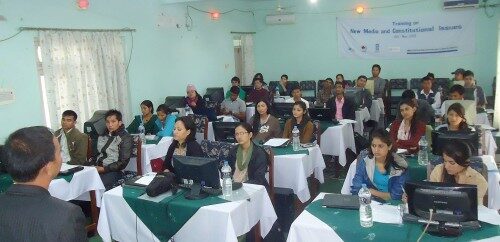It’s not easy to predict but in the coziness of warm bed, I decided to predict how Nepali media, especially in connection with social media, is going to change in upcoming year. Feel free to add your own predictions in comments!
I’m prediction that 2013 will see introduction of mobile news applications (for iPhone/iPad/Android) by mainstream media, more social media integration by mainstream media and more media outlets! Continue reading…





